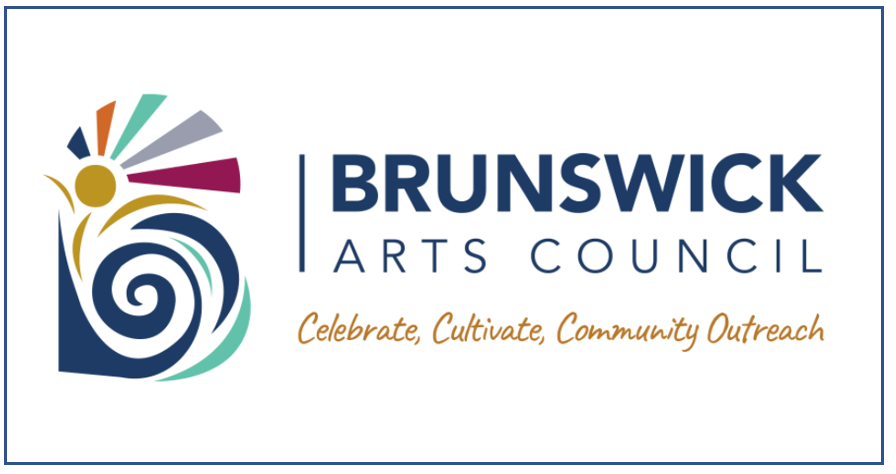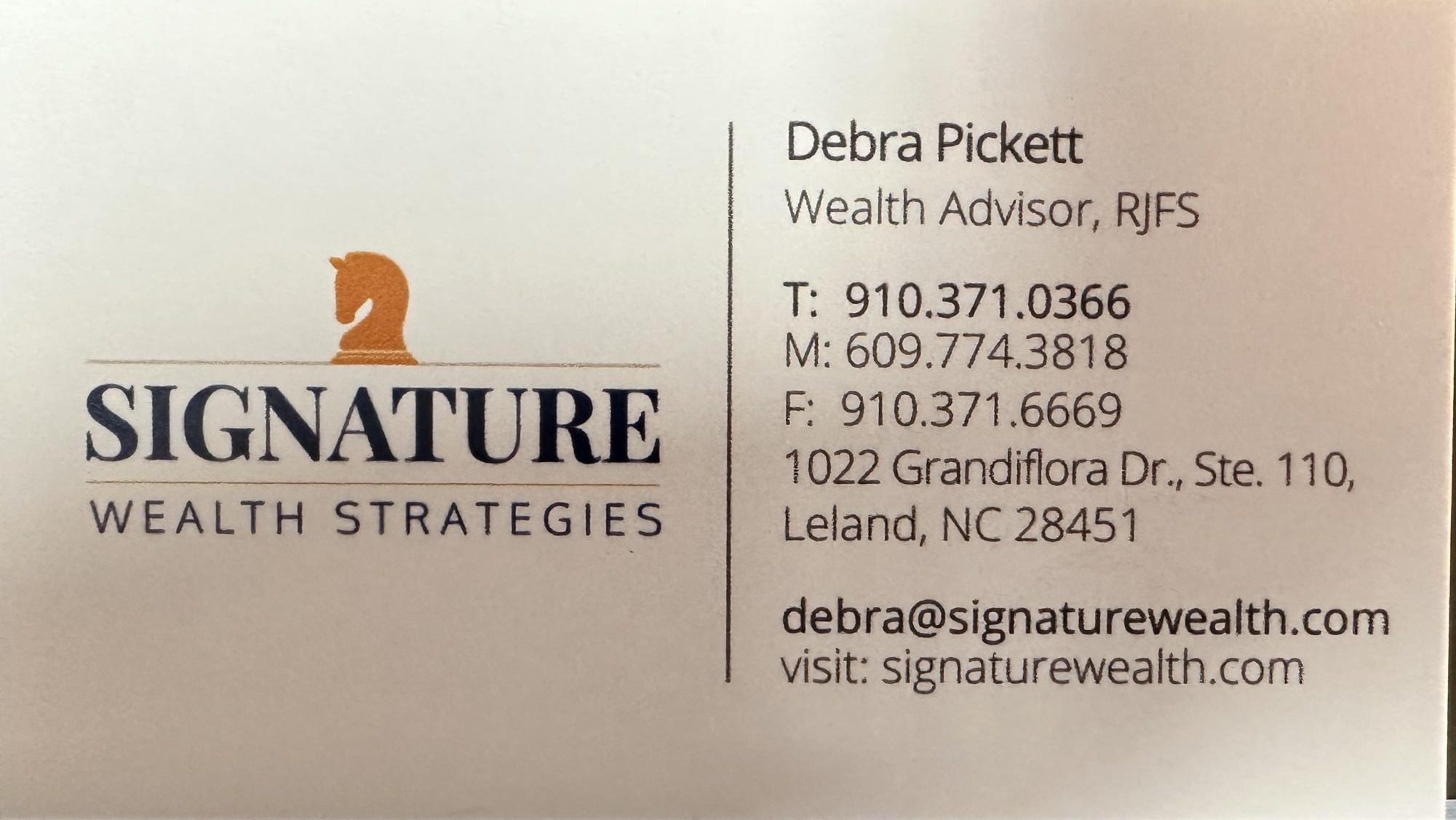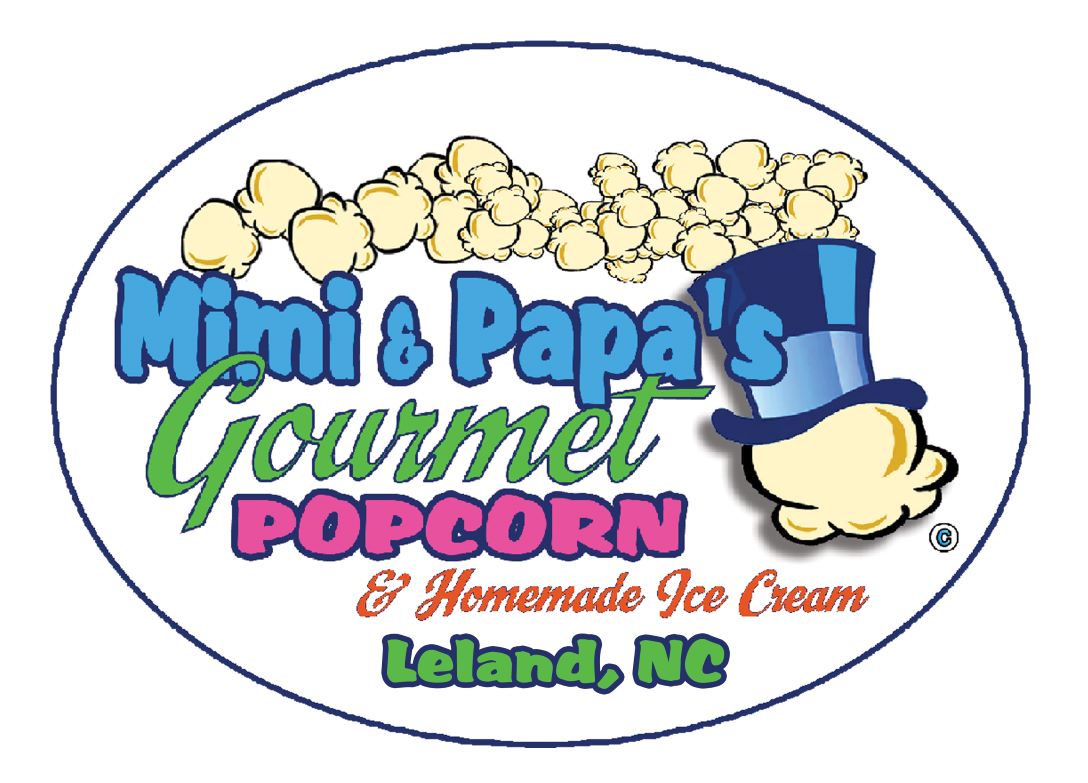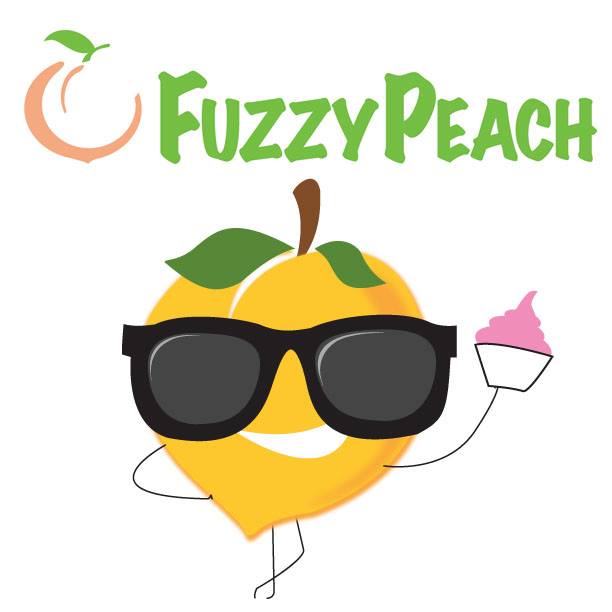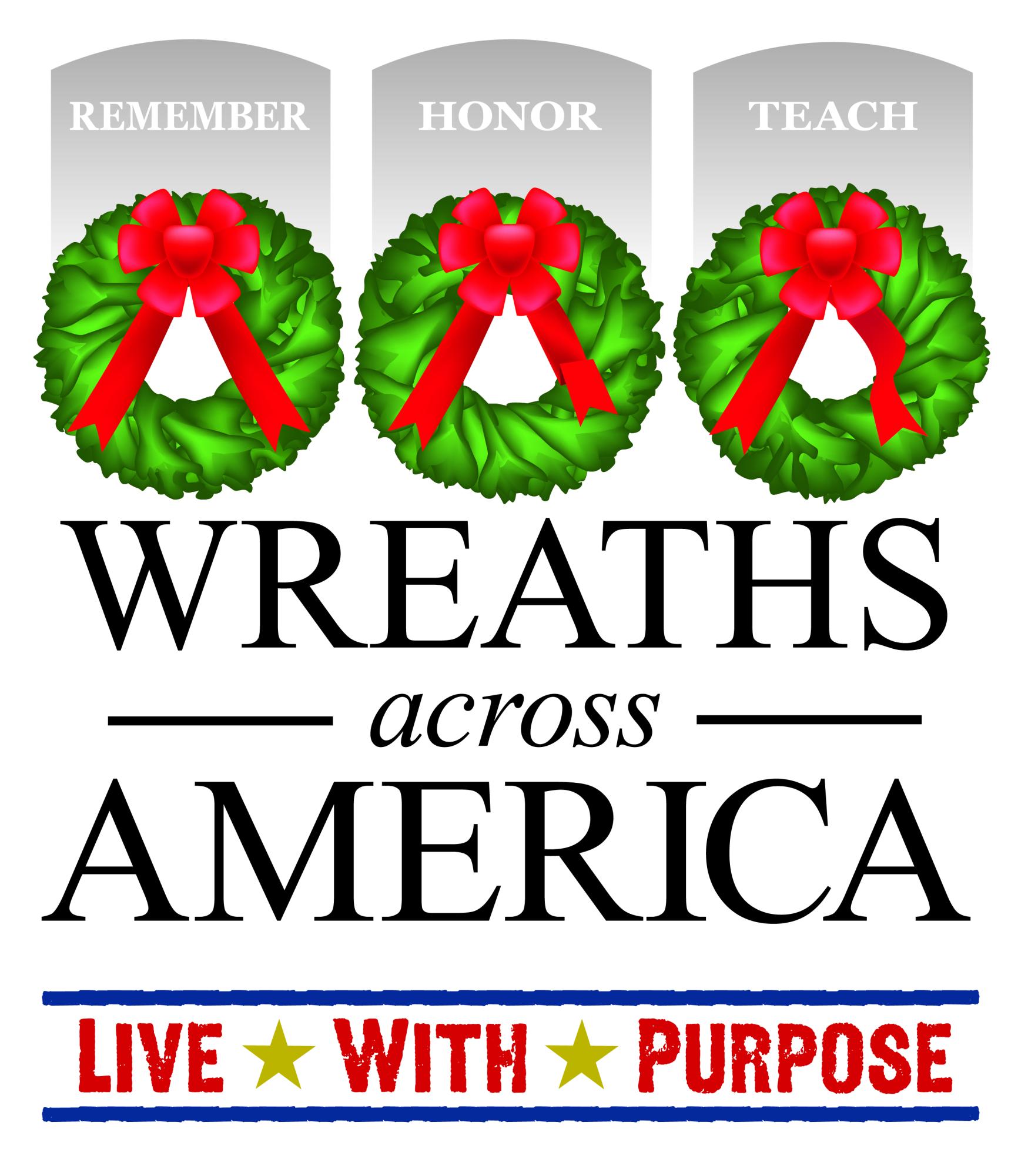A Village on the Chesapeake Bay
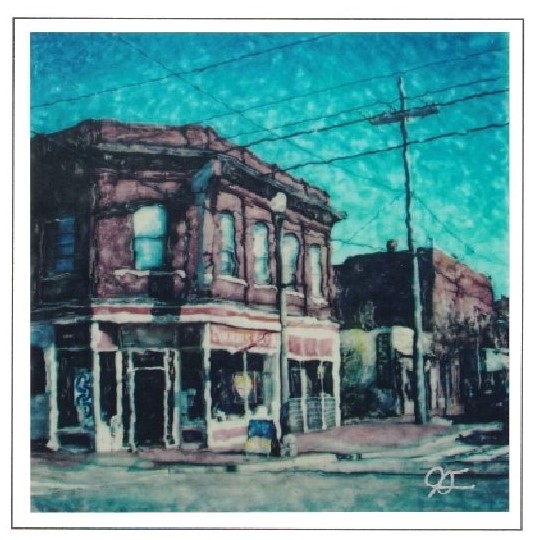
March 1, 2023

In 1755, the, the Virginia Assembly recorded the name Hampton Roads as the channel linking the James, Elizabeth and Nansemond Rivers with the Chesapeake Bay. It is a diverse area with remnants of ancient rivers, indigenous nations and small secluded villages of watermen who reside and work in the Guinea marshes. Black, white, men and women work the bay and its tributaries in their skipjacks, skiffs and deadrise vessels.
The Hampton Roads area is our hometown. We raised our family there. It is a multicultural, ethnic divergent area. There is a large military presence, universities, harbors and shipyards. It is certainly a metropolitan area, but its charm lies in the small villages and quaint neighborhoods where you still find a main street lined with small shops and restaurants that operate the way they always have.
Our local village of Phoebus is filled with a diversity of locally owned businesses. The butcher shop/grocery store still has the original wooden floors and the original cash register. Mr. Peach, locally known as “Boss Hog” because he truly believes he is the mayor of the village, ran the service station where attendants still came out to fill your car with gas and wipe your windshield.
Robert owns two of the antique shops along the street. Robert takes great pride in his collection of carved peach pits. The Grey Hare is one of the busiest places. Each day this small hair salon is filled with customers and folks who stop by just to chat. Fridays are known as “Gray Hair Day” because most of the customers on Friday are elderly ladies who come in to have their hair done for the week.
Once a year there is a festival known as Phoebus Days. It is a weekend long event where merchants line the sidewalks with their wares, local musicians perform on a portable stage and children enjoy face painting and other special treats. Saturday morning is the grand parade with a fire truck, antique cars with ladies from the nearby retirement home, a band from the local high school, floats pulled by tractors and other sometimes unusual marching units. We always thought that if you had at least three people you could have a marching unit in the parade. One example was four men who played golf with each other weekly and marched in the parade with their putters.
We loved all the quirky, wonderful people who played an instrumental part in our family’s lives. My hope is that we continue to celebrate the small villages that dot our country and others. Yes, it is a simpler life, but one filled with a special richness.

